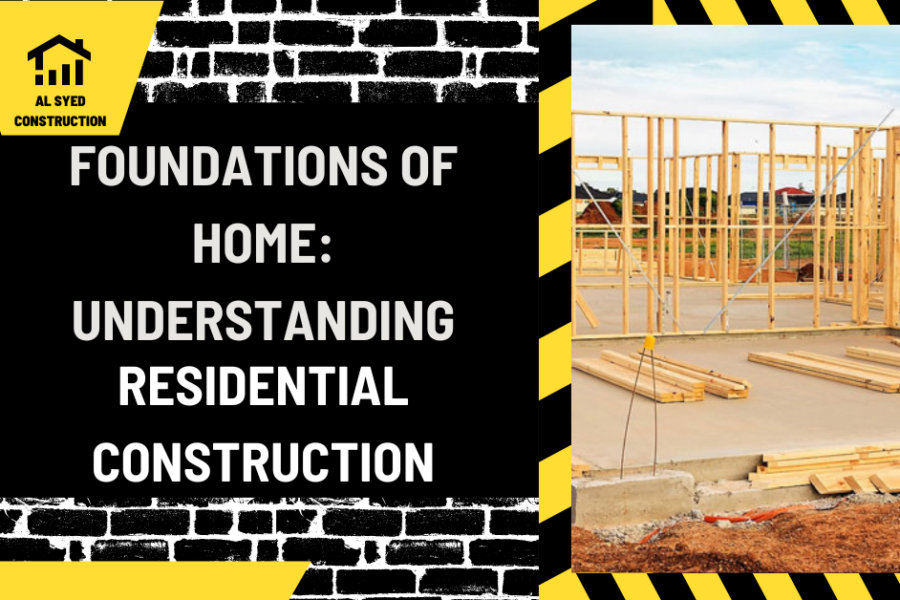Foundations of Home: Understanding Residential Construction
Table of Contents
Introduction
Residential construction encompasses the building and development of living spaces for individuals and families. It is a sector of the construction industry that focuses on creating homes, ranging from single-family houses to multi-unit apartment complexes. Understanding the various aspects of residential construction is crucial for those involved in the housing industry, from builders and contractors to homeowners and real estate developers. This article delves into the defining characteristics, types, and considerations of residential construction.
Characteristics of Residential Construction
Purpose and Function
The primary purpose of residential construction is to provide safe, comfortable, and functional living spaces. These structures are designed to meet the personal needs and preferences of residents, with an emphasis on privacy, security, and aesthetic appeal.
Scale and Scope
Residential construction projects vary in scale from small renovations and extensions to large-scale housing developments. The scope of work can include new construction, remodeling, or rehabilitation of existing structures to improve their functionality and value.
Types of Residential Construction
Single-Family Homes
Single-family homes are the most common type of residential construction, designed to house one family or household. These standalone structures offer privacy and independence, with individual ownership of the building and the land.
Multi-Unit Housing
Multi-unit housing includes structures like duplexes, townhouses, condominiums, and apartment buildings. These types of residential construction are designed to accommodate multiple families or households, often sharing walls or common areas.
Custom and Prefabricated Homes
Custom homes are built according to the specific design and requirements of the homeowner, offering a high degree of personalization. Prefabricated homes, on the other hand, are manufactured off-site and assembled on location, providing a more cost-effective and time-efficient construction option.
Considerations in Residential Construction
Building Codes and Regulations
Residential construction is subject to local building codes and regulations to ensure the safety, health, and welfare of occupants. Compliance with these standards is essential for obtaining permits and approvals for construction projects.
Materials and Techniques
The choice of materials and construction techniques is influenced by factors such as climate, geography, and budget. Common materials used in residential construction include wood, concrete, brick, and steel, each offering different benefits in terms of durability, insulation, and aesthetics.
Sustainability and Energy Efficiency
Sustainable construction practices and energy-efficient designs are increasingly important in residential construction. Incorporating green building techniques and materials can reduce environmental impact and lower energy costs for homeowners.
Conclusion
Residential construction plays a vital role in providing safe and comfortable living spaces for individuals and families. Understanding the different types, considerations, and regulations involved in residential construction is essential for creating homes that meet the diverse needs of residents while adhering to safety and quality standards. Whether building a single-family home or a multi-unit complex, the focus on functionality, comfort, and sustainability remains paramount in residential construction.




